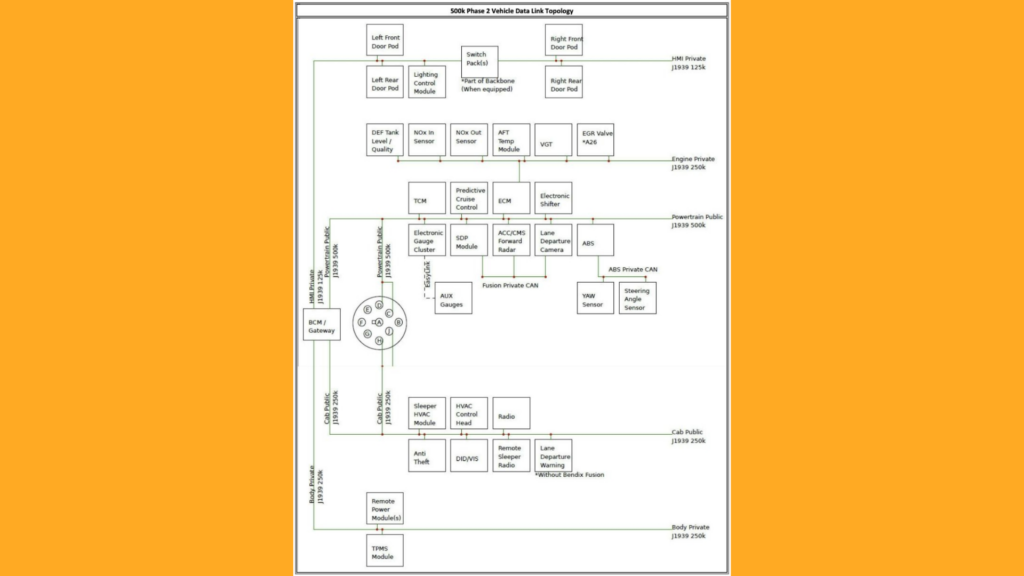Diagnostic Port Pin-outs on Caterpillar Equipment
The following document is our “Master Guide” for pinouts on all equipment using the j1939 protocol. It is written and maintained by DG Technologies : Check the URL https://www.automotivecontrol.com/www.dgtech.com/product/dpa5/manual/DPA_Pinouts_Dec2012.pdf
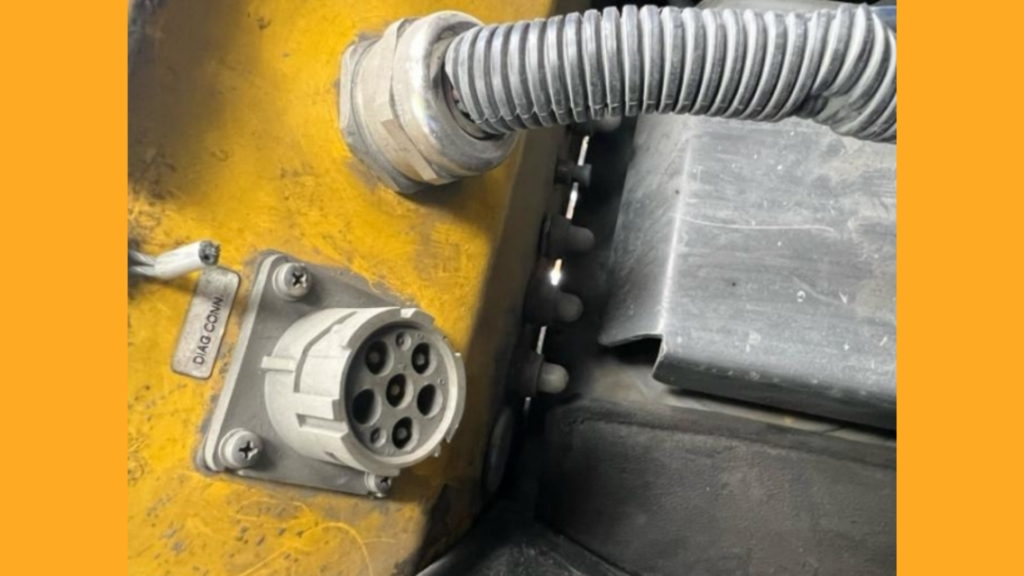
6-Pin j1708
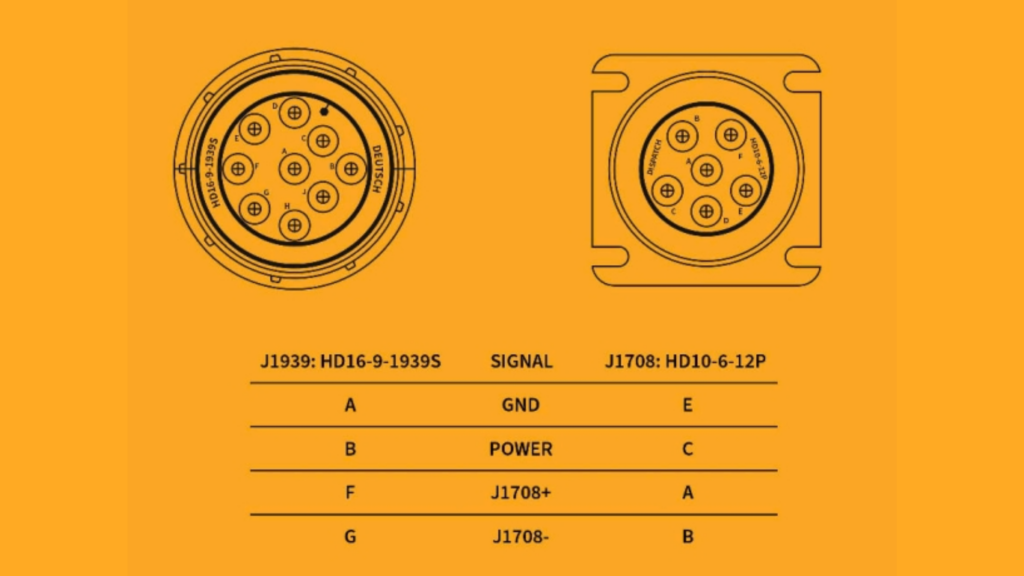
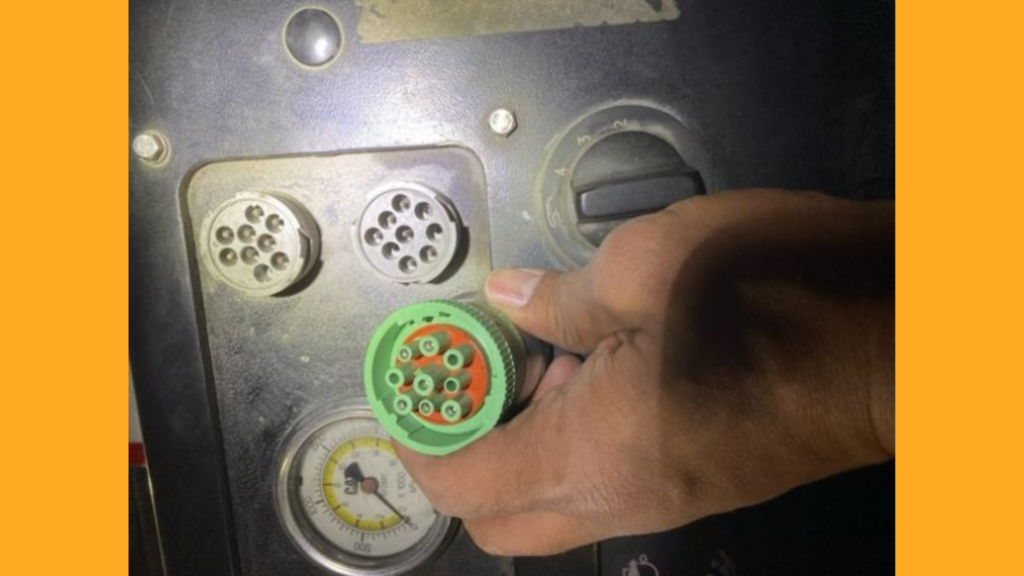
9-pin j1939, Gray or Black Ports


14-pin j1939, Black Port for Construction Equipment
Caterpillar VIMS
The VIMS system is designed to offer a higher level of detail and functionality for equipment management, diagnostics, and optimization compared to the standard telemetry data typically available from a basic telemetry port. Here are some examples of data provided by VIMS that may not be available through the standard telemetry port:
Advanced Diagnostic Information:
- Detailed fault codes with descriptions and severity levels
- Historical fault logs
- Advanced sensor diagnostics, including individual sensor outputs and statuses
Event Data
- Detailed event logs with timestamps, such as over-temperature, overspeed, and overload events
- Duration and frequency of specific events
- Payload Data (for applicable equipment):
- Payload weight measurements
- Load counts and distribution
- Overload occurrences and related data
Operator Performance Metrics:
- Detailed operator behavior data, including operation efficiency, safety practices, and performance trends
- Operator-specific usage patterns if operator ID is used.
Machine Health and Utilization:
- Comprehensive machine health reports
- Utilization statistics, including productive vs. idle time, and work mode distributions
- Maintenance history and prognostics
Advanced System Status:
- In-depth status of various electronic control units (ECUs) and their communication health
- Detailed subsystem statuses, such as hydraulic systems, electrical systems, and powertrain
Emissions and Environmental Data:
- Detailed emissions data, including specific exhaust gas temperatures and after-treatment system performance
- Detailed DEF (Diesel Exhaust Fluid) usage and efficiency metrics
Customized Alerts and Notifications:
- Customizable thresholds for various parameters to trigger alerts
- Detailed logs of alerts and notifications
Data Integration:
- Integration with other systems for comprehensive fleet management, including GPS location data, if supported
- Usage and productivity reports that integrate multiple data points for deeper insights
Do you need OEM Agreements?
The short answer is yes – if you want access to richer machine data.
OEMs use the Diagnostic port to publish various kinds of data. Part of the data stream complies with the Open standard. The standard allows for the OEM to also send Proprietary data (encrypted) that only the OEMs and their partners can interpret. This proprietary data is generally richer, and has a lot more detailed information, including performance information – e.g. Payload data is not part of the Open standard. However, when you sign an OEM agreement, the OEM provides you with the necessary keys to decrypt the data.
Over the years, GroundHog has entered into agreements with several OEMs to get access to this richer data set and make it available to its customers.
Appendix A: Data Link Topology
500k Phase 1 Vehicle Data Link Topology Source: NHTSA.gov (URL: https://static.nhtsa.gov/odi/tsbs/2018/ MC-10161073-9999.pdf)
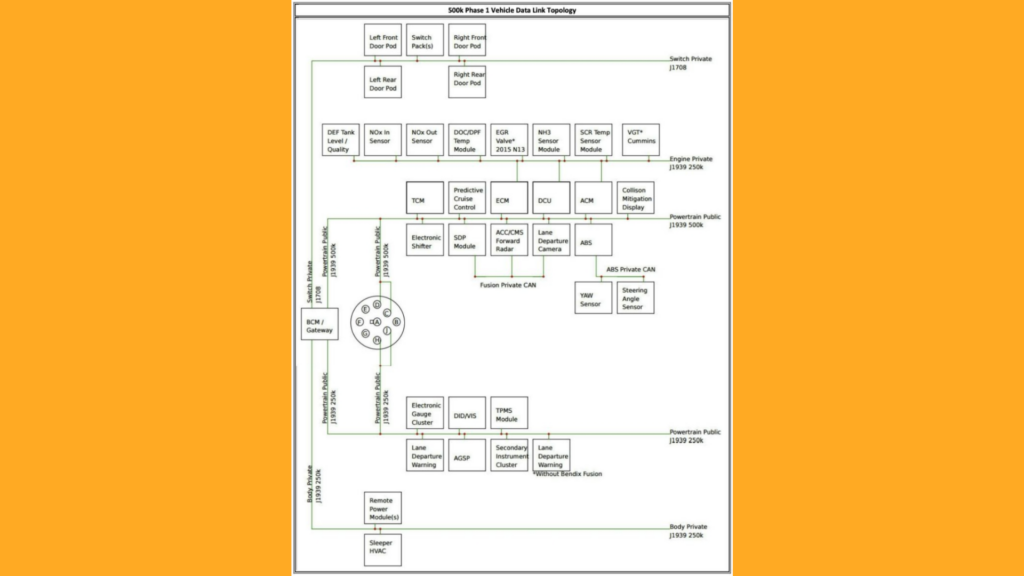
500k Phase 2 Vehicle Data Link Topology Source: NHTSA.gov (URL: https://static.nhtsa.gov/odi/tsbs/2018/ MC-10161073-9999.pdf)
